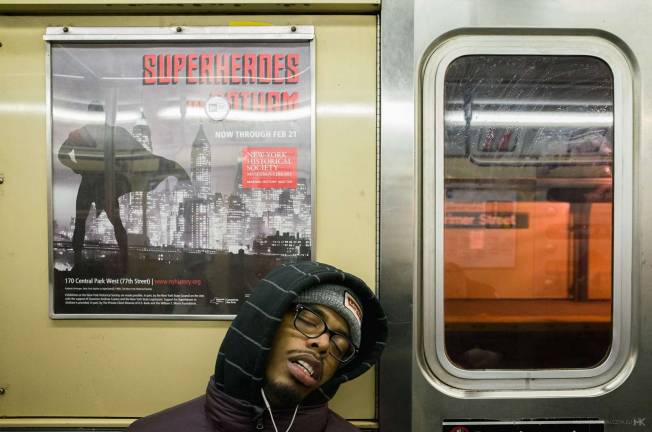Sleep and the City

Sirens, cable news, noisy neighbors, neon signs, kids, snoring partners, iPhones, iPads: this is life in a city that never sleeps. Is it any wonder that New Yorkers aren’t getting enough of it?
According to the Centers for Disease Control and Prevention (CDC), adults should get at least 7 hours of sleep a night, but more than a third of American adults aren’t getting this minimum. The National Sleep Foundation polling data shows that 35 percent of Americans report their sleep quality as poor or only fair. Think this is no big deal? This is serious: a lack of good quality sleep or inadequate sleep duration may increase the risk of health problems such as obesity, stroke, diabetes, heart disease, and even depression.
Getting enough sleep is not the “new status symbol,” as a recent article in The New York Times was titled. It’s imperative that Americans sleep as part of maintaining a healthy lifestyle.
So if you want to hit the hay early, but occasionally have trouble drifting off, here are some helpful tips:
• Try and be consistent whenever you can. This means going to bed at the same time every night (even on the weekend) and waking up the same time as well (even on the weekend). Have a wind-down routine that may include a bath.
• Disconnect, disconnect, disconnect. Turn all electronic devices off. Blue light emitted from most handheld electronic devices can interfere with the onset of sleep.
• Be comfortable, not too hungry, and not too full. Time your dinner so you have at least 90 minutes after eating before lying down.
• Have comfortable bedding and blankets that will accommodate your own body temperature — not too hot, and not too cold.
• It goes without saying, but nicotine and caffeine are stimulants and they should be avoided in general, but especially before bedtime.
• Exercising too close to bedtime may also be stimulating, though exercising regularly may help with sleep.
• Alcohol should be avoided as it disrupts sleep.
If you have had trouble falling or staying asleep, or have excessive daytime sleepiness, you may have an underlying sleep disorder such as insomnia or obstructive sleep apnea. With technological advances, there are now new and more convenient ways to diagnose sleep disorders right in your own bed at home without having to head to a sleep center for an overnight sleep study. New devices monitor breathing during sleep, and this data is reviewed and interpreted by a sleep provider to diagnose obstructive sleep apnea. Sleep apnea is commonly treated with a continuous positive airway pressure (CPAP) device. With technological advances, the newer CPAP machines are smaller, quieter and work with mobile devices, allowing the patient to have access to their own CPAP usage data.
For insomnia, there are many wearable sleep-monitoring devices on the market that provide patients with information about sleep quality and quantity. In addition, there are online tools to implement cognitive behavioral therapy for patients with insomnia. And with the recent launch of the telemedicine platform from the American Academy of Sleep Medicine, the future for sleep medicine care delivery looks very promising, allowing patients to have prompt and easy access to sleep experts. Check out https://sleeptm.com.
New Yorkers are always short on time, but advances in sleep medicine care access makes it much easier now for patients to get high quality care — and maybe some extra rest.
Dr. Neomi Shah is an Associate Professor, Department of Medicine, Division of Pulmonary, Critical Care and Sleep Medicine at Mount Sinai Health System